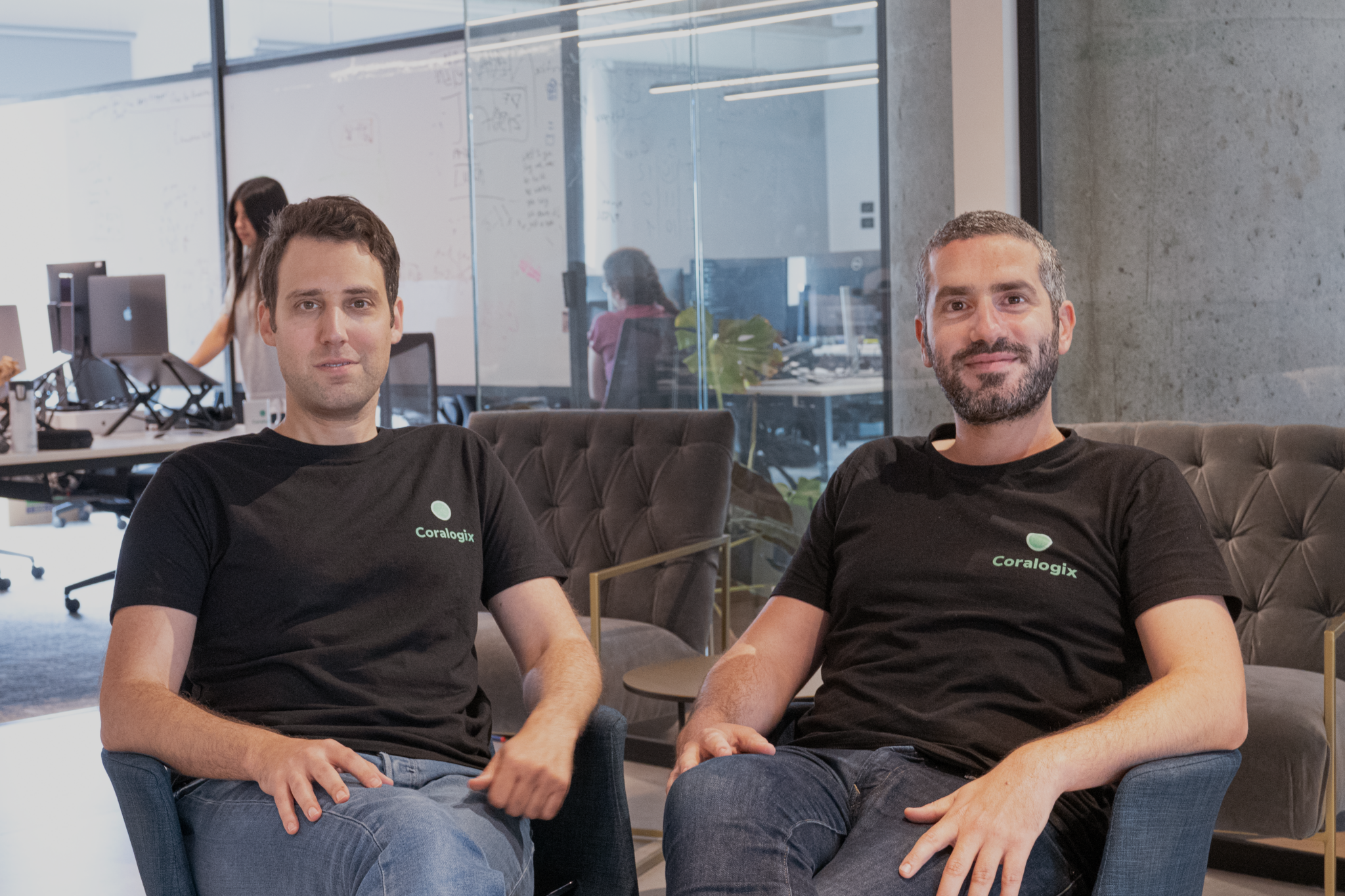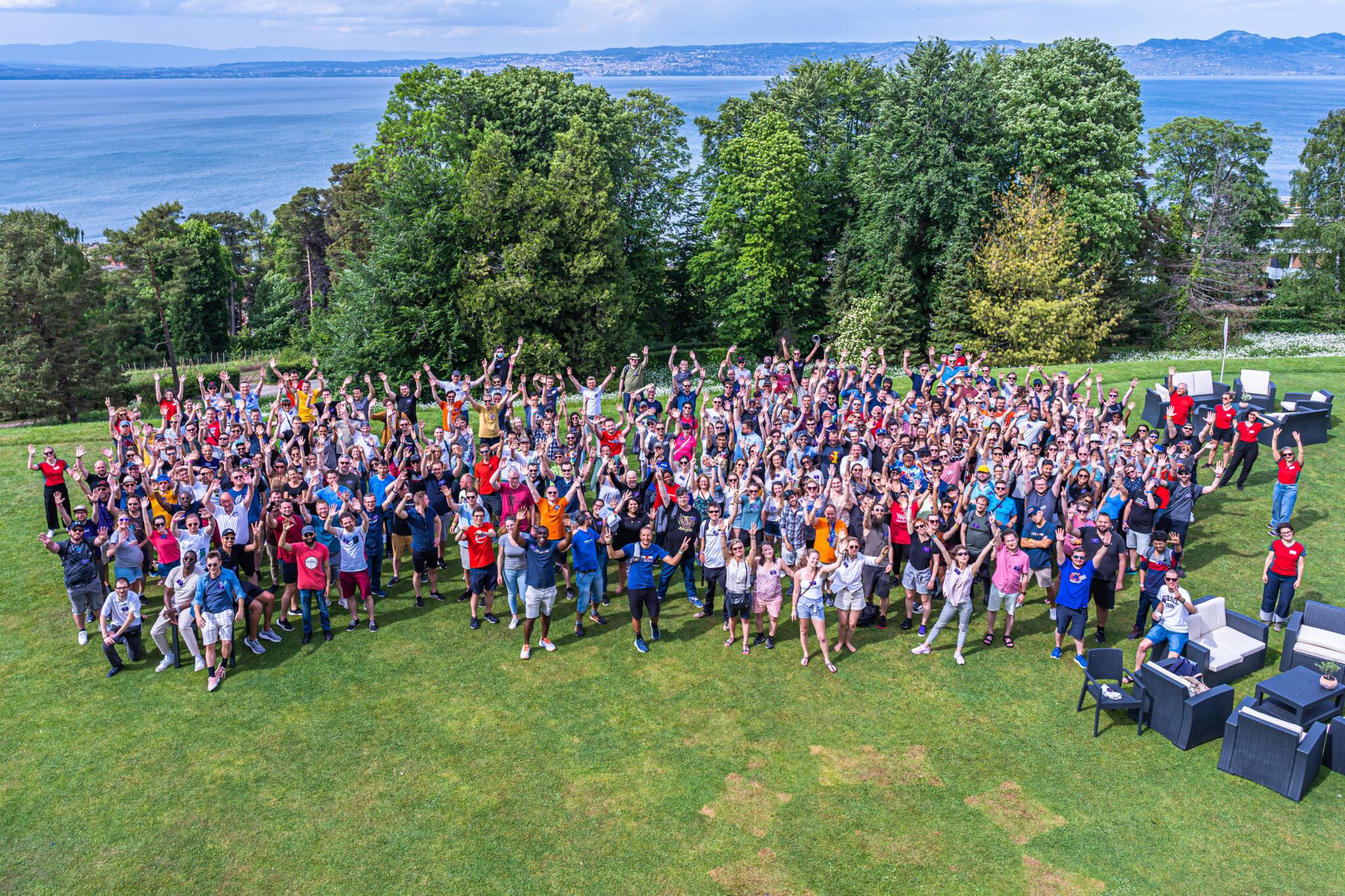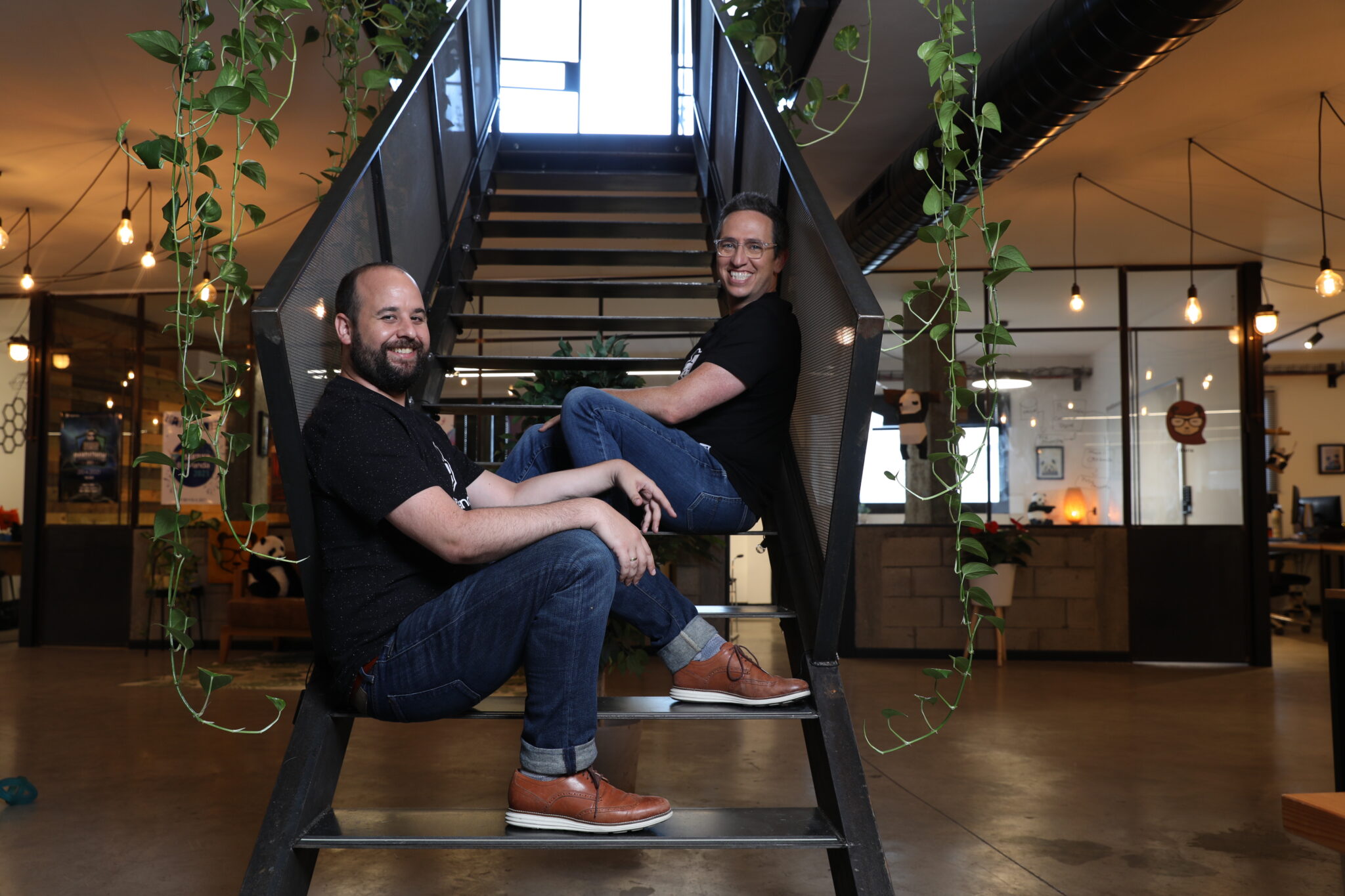
October 4, 2021Fireside Chats
Building juggernauts: Lessons from Tesla and Lyft
Top exec Jon McNeill shares stories from the front lines of hypergrowth
- Wildly ambitious goals are necessary, but not sufficient, for runaway success; achieving them often requires radical simplification
- Recruiting is not only about finding the top candidates but also about ensuring cultural fit
- The path to a “perfect” product lies in a tight feedback loop between customers and your product and engineering teams
When Jon McNeill arrived at Tesla as president in September 2015, the electric car maker had roughly 3,500 employees, one product—the Model S—and about $2 billion in revenue. By the time he left two-and-half years later, the Model 3 had taken center stage, filling out a lineup that also included the Model X, and Tesla had soared to 35,000 workers and $20 billion in revenue.
McNeill then joined Lyft as chief operating officer and, over the course of 19 months, helped the company double its revenue and navigate its IPO.
That makes McNeill something of an expert on scaling businesses, a topic he discussed with Bryan Taylor, head of Advent’s technology investment team, in a fireside chat.
“One of the key ingredients,” McNeill said, “is a CEO who is wildly ambitious in terms of goals.” At Tesla, Elon Musk fit the bill, not only because of his drive and charisma, but because he had set an audacious goal of doubling the company every eight months.
Equally important, McNeill said, was the ability to “harness the organization’s capability to get things done.” At first, the company lacked the scaffolding necessary to support its growth ambitions. There wasn’t much process, thinking behind the creation of a revenue funnel, or a strategy for the service and manufacturing sides of the business. What’s more, no carmaker had grown at that pace before. “There were no playbooks,” McNeill said.
Aim for simplicity
For McNeill, addressing the challenge boiled down to one key principle: simplify. “There was no way of growing that fast if we were going to do 10 things,” he said. “We had to do one or two things … and then really concentrate all of our communication or effort on those things.”
A key area of focus was preserving Tesla’s entrepreneurial culture and the quality of its talent as its workforce multiplied. “We wanted diversity of thought, world-class thinkers, but a lot of humility,” he said.
Jon McNeill
Former President of Tesla and COO of Lyft
Working with human resources, McNeill devised a process where he would personally interview every candidate for a manager position or above and Musk would interview every engineering candidate. Through rigorous follow-up reference checks, they worked to confirm not only their capabilities, but also whether they had actually done the work they claimed to have done.
The effort paid off in droves. Those who made it through the process got exposed to Tesla’s unique culture through their conversations with Musk and McNeill. “I was interviewing store managers from Korea to Abu Dhabi,” McNeill said. “When I showed up in Korea or Abu Dhabi, we already had a personal connection.” That made it easier to operate in “cultural shorthand.”
Go the extra mile
Perhaps the most successful effort at simplification happened in Tesla’s field operations ahead of the Model 3 launch. With some 8,000 new sales and service employees coming on board, McNeill’s team had to train them quickly. After a spirited internal debate on how to inspire reps, the team came up with a simple, one-sentence formula: make customers talk about you at the dinner table tonight.
“It unleashed this creativity and energy on the front lines that no training session could have done,” said McNeill. In a TED Talk, McNeill regaled his audience with the story of a Florida rep whose customer had to take his wife to the hospital: the rep personally drove to the customer’s house, took the customer’s kids to school, bought and delivered groceries, picked up the kids from school, and yes, delivered a replacement Model X for the one that wouldn’t start.
Supercharging an underdog
The challenges at Lyft were different. While successful and fast-growing, the company was a clear underdog to Uber. And yet, Lyft had established a culture of authenticity that had allowed it to survive, and even thrive.
That alone was not sufficient to ensure Lyft’s continued success. Like all marketplaces, Lyft was testing all kinds of tweaks to understand how to stimulate growth. But the changes rarely moved the needle in a significant way. “People could tell you really incremental things that were happening,” McNeill said. “What we had to do is ask, ‘What are the quantum levers that we’re going to pull?’ because that’s going to drive our success.”
Jon McNeill
McNeill led a team that would analyze the dynamics of the marketplace, going back to first principles. It began with a focus on what customers cared about the most: a prompt driver ETA. Improving that metric hinged on growing the number of drivers. Because many drivers also drove for Uber, Lyft’s efforts to add drivers were often stymied by forces outside of its control.
Understanding what drivers wanted, simple as it was, helped to focus Lyft on new ideas. “It led to a bunch of product innovation,” McNeill said. First came bonuses and tips, which made it more lucrative for many drivers to be on Lyft than on Uber. Then was the ability to pay drivers immediately after a ride ended, which was critical for the many who faced cash-flow issues in their daily lives. A rental car business was launched to provide cars for drivers who didn’t have their own car or didn’t want to incur wear and tear on their car. That was followed by a financial platform that gives drivers a bank account and cash back on gas.
“The organization began to see that continuous iteration to serve the drivers could differentiate Lyft in the market,” McNeill said. “The team understood, ‘We are here to serve the drivers, and if we serve the drivers, then the riders are taken care of.’”
A product obsession
None of those efforts alone would have transformed Lyft or Tesla into the juggernauts they’ve become. Both companies shared traits that are critical in reaching scale: large target markets, world-class talent and leadership, and, importantly, an obsession with creating a perfect product.
The latter doesn’t happen by fiat, McNeill said. It requires constant iteration, along with a willingness to be on the front lines listening to customer gripes. “It comes with listening to the market with a keen ear, and then bringing that feedback in quick feedback loops to the product and engineering teams,” he said.
At Tesla, that process was anchored around a weekly meeting with Musk, McNeill, and the heads of product and engineering. Inevitably, Musk would ask, “what is the market saying?” To answer, McNeill would meet Fridays with the customer service teams. He’d report on the issues, and the executives would track progress weekly, giving managers a strong incentive to address them quickly.
“The weekly cadence was really important,” McNeill said. “When a standard car company introduces a model, the driver’s seat will not change for years,” he said. When McNeill learned that drivers found the front seat of the newly launched Model 3 to be “uncomfortable,” changes began immediately. “The obsession around getting it right for the driver was palpable in the organization,” he said. Within six months, Tesla had fixed the problem—after 13 iterations of the front-seat design.
It’s moves like these that made the Model S and Model 3 No. 1 in customer satisfaction in their respective categories, ultra-luxury cars and small luxury cars. And it’s no doubt why today, Tesla is the world’s most valuable automaker.


